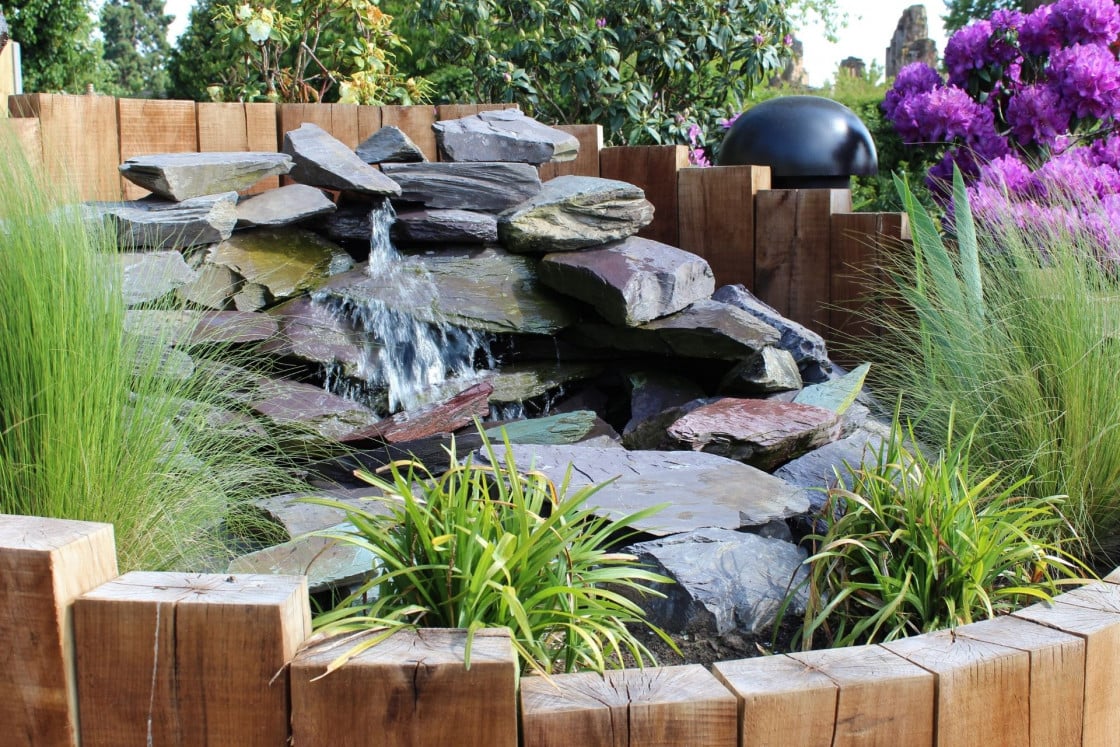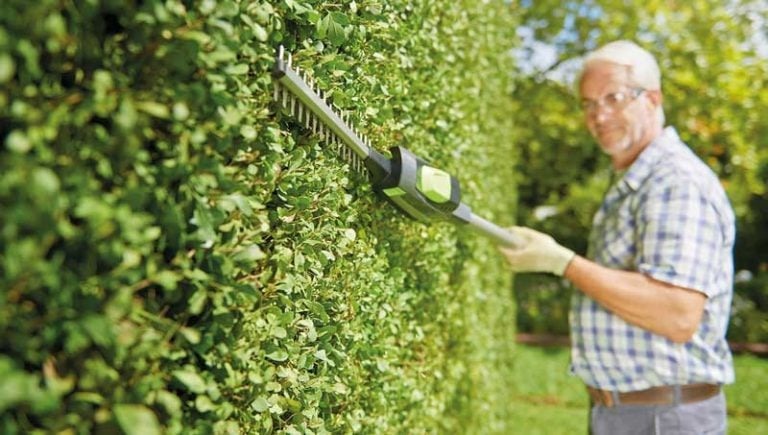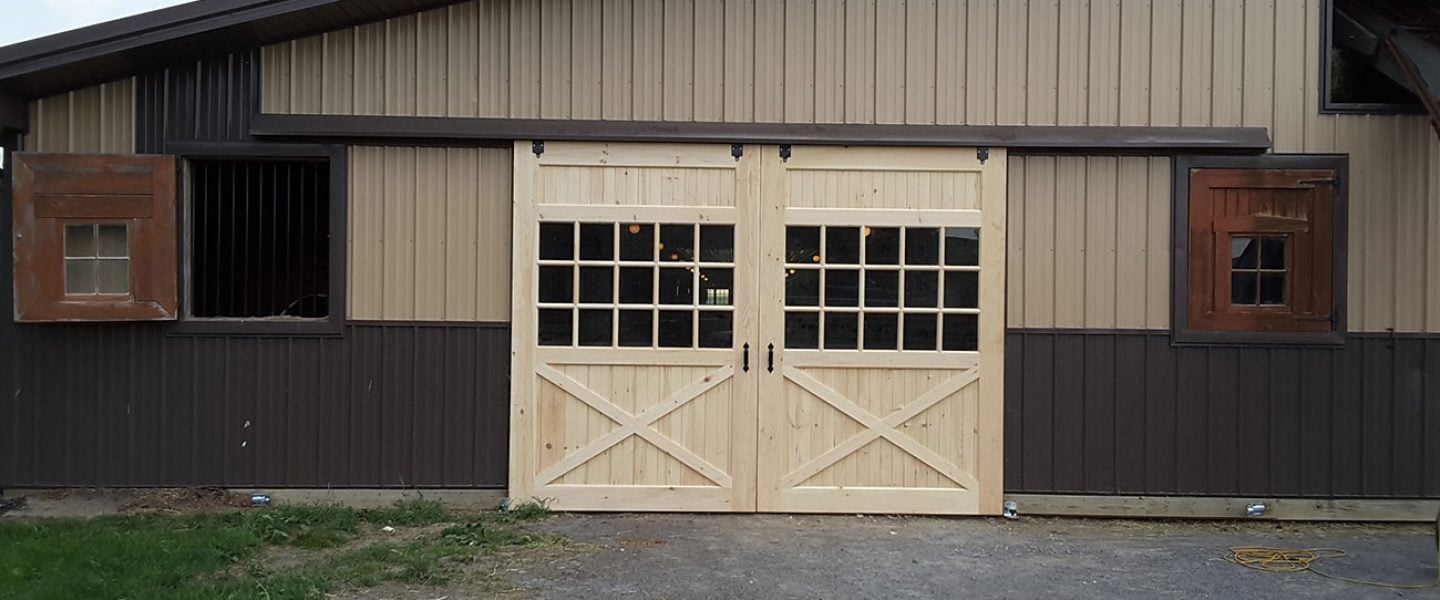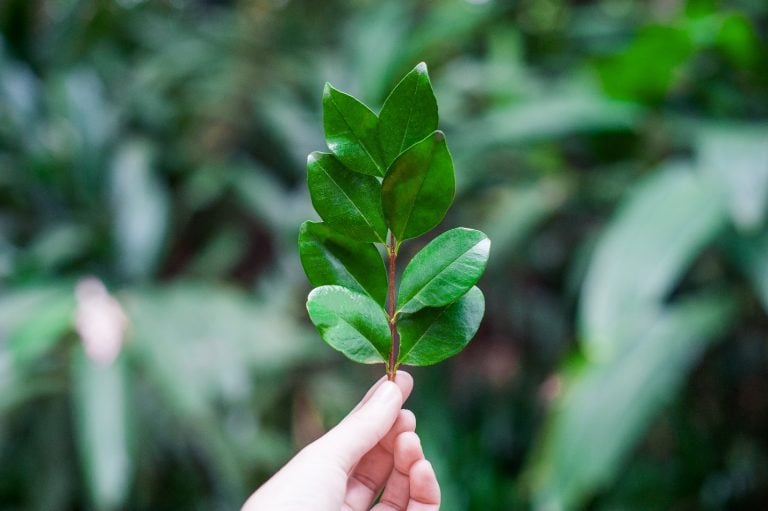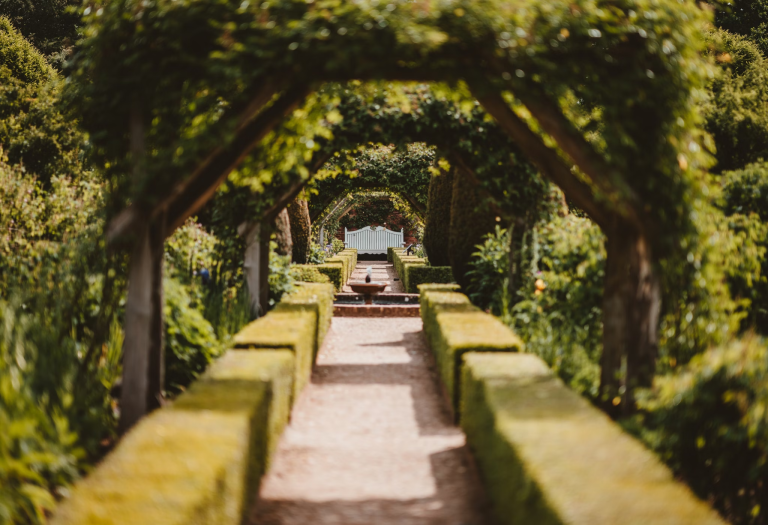5 Ways To Improve Drainage in Your Yard
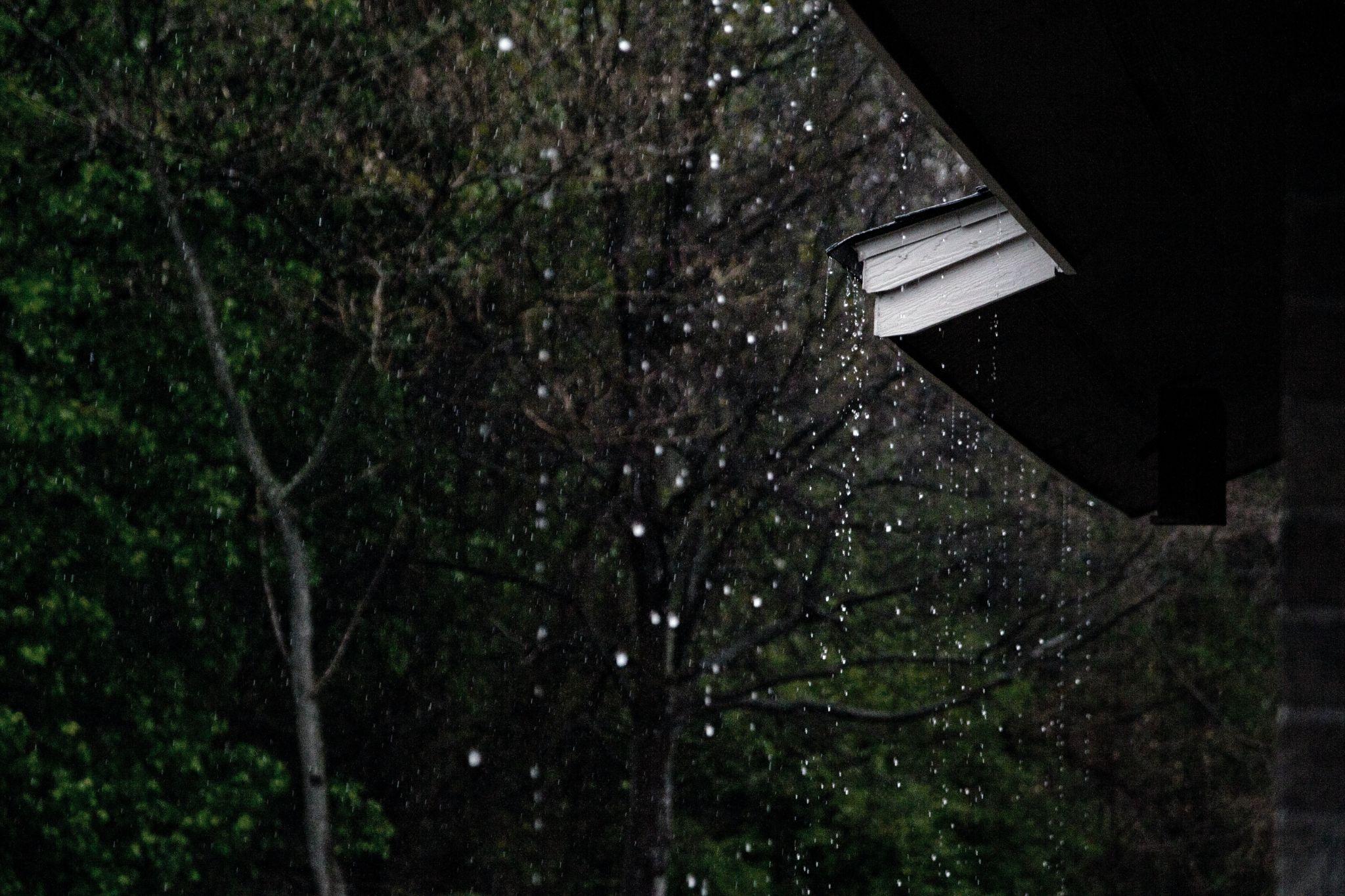
Table of Contents
Drainage problems in your yard can become very damaging very quickly. If you don’t take care of it soon enough, repairing the damage can also cost a lot of money. So, you’ll want to act as fast as possible.
We put together this guide to help you improve the drainage in your yard. You’ll want to act fast to fix these issues, so let’s jump right in.
1. Make Your Downspout Longer
First, you’ll want to ensure your downspout is long enough. If it isn’t, your gutter system will keep pouring water back into your yard instead of draining it away. Water will pool in areas around your home, which you don’t want to happen.
Extending the downspout further away from your home can keep much water out of your yard. When you check the downspout, you’ll want to also inspect your entire gutter system for damage. Leaks can cause water to pool near your home as well.
Overall, it’s good to check your downspout first when you have issues with water drainage on your property.
2. Install a Trench Drain
Next, you’ll want to consider installing a trench drain in your yard. Trench drains specialize in removing surface water from an area. They carry it away and dispose of it safely off of your property without you having to worry about the effects of erosion.
Trench drains are highly beneficial and one of the best options for improving drainage in your yard. They can stop areas from becoming fall hazards, redirect water at the bottom of a slope, and move much water simultaneously, so they’re effective during storms.
So, if you have to deal with a lot of standing water, you’ll want to choose a trench drain. It doesn’t take long for the pros to install them, allowing you to deal with the problems immediately.
3. Aerate Your Yard
You can also try to aerate your yard. This process is most effective when dealing with water over overly compacted soil.
You can rent an aerator, which pulls cylinders of soil from the ground. Doing so can reduce impaction and help the earth spread back out. It’s also helpful in allowing oxygen and nutrients to get to the grassroots.
Most lawns can benefit from aeration if they don’t need it. So, you can always try it, even if you’re unsure. Your yard will benefit the most if it sees a lot of foot traffic since people walking over the ground can impact it over time.
4. Install a Dry Creek Bed
You can make a dry creek bed in your yard to help guide water away. However, you’ll need to be careful not to send it to your neighbor’s house instead.
A dry creek bed is a trench full of stones that fill with water when it rains. It’s great for controlling where the water flows since you can guide the creek bed anywhere you want. As the name implies, dry creek beds are dry until it rains. You can fill them with river rock and design them to be a natural part of your landscape.
You’ll want the creek bed to lead to a drainage area like a catch basin or trench drain. Some landscapers even have the dry creek bed lead to a rain garden, which can help manage large amounts of water.
In short, you should think about making a dry creek bed as a DIY project. They can take a lot of energy to install, but they look nice and move water efficiently.
5. Alter the Slope of Your Yard
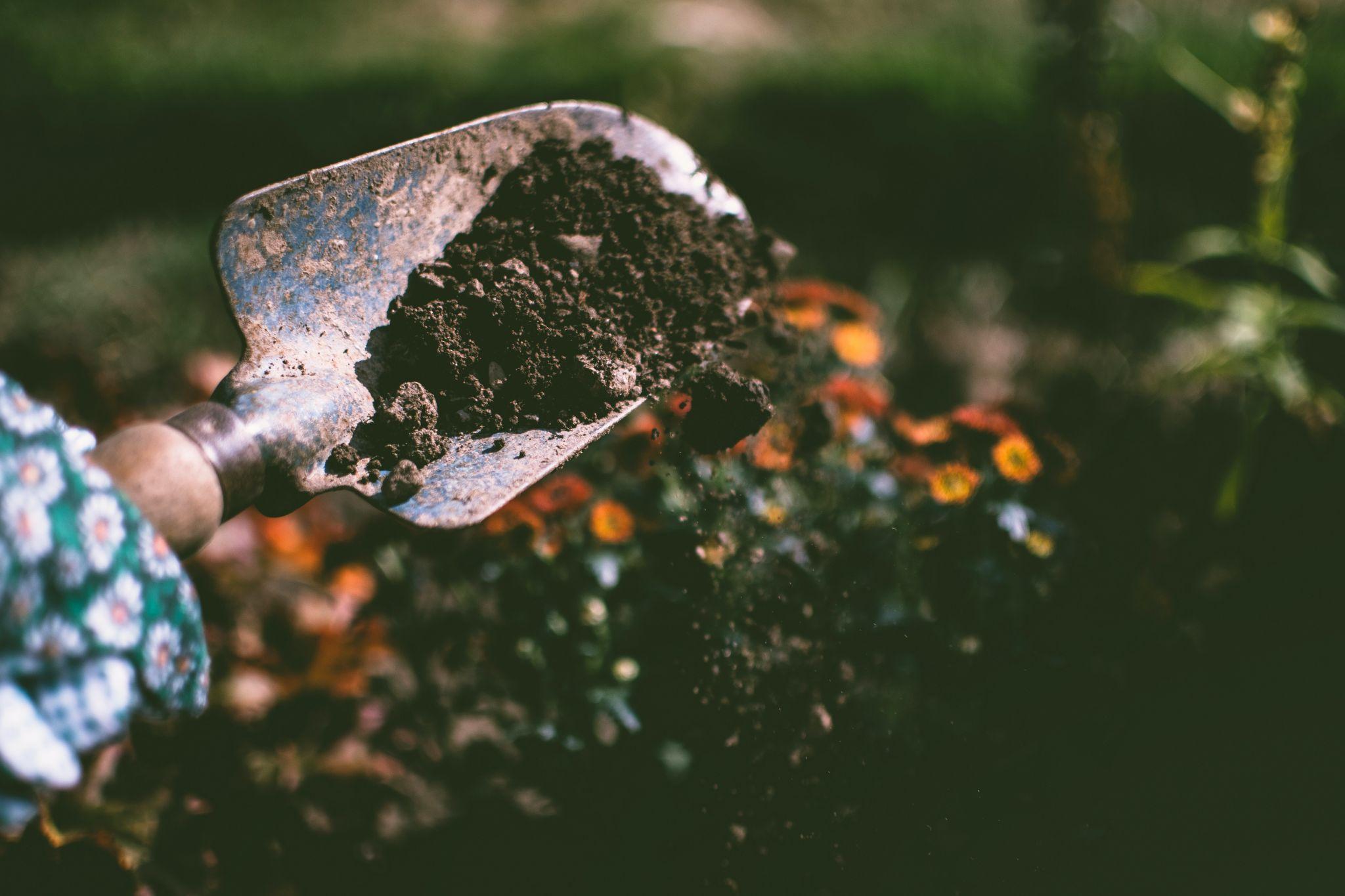
Lastly, you can also try changing the slope of your yard. You can use topsoil and compost to build up the lower areas where water gathers. If you raise it, water shouldn’t be able to gather there anymore.
Start by raising the area very slightly. Then, wait for it to rain. If water still pools there, you can add more soil. You’ll need to keep repeating this process until water doesn’t build up there anymore.
Eventually, you’ll reach the point where standing water stops returning. From there, you can plant grass on the soil. Cover it with straw until the seeds sprout so animals don’t eat them before they can take root.
What Causes Common Drainage Issues in Yards?
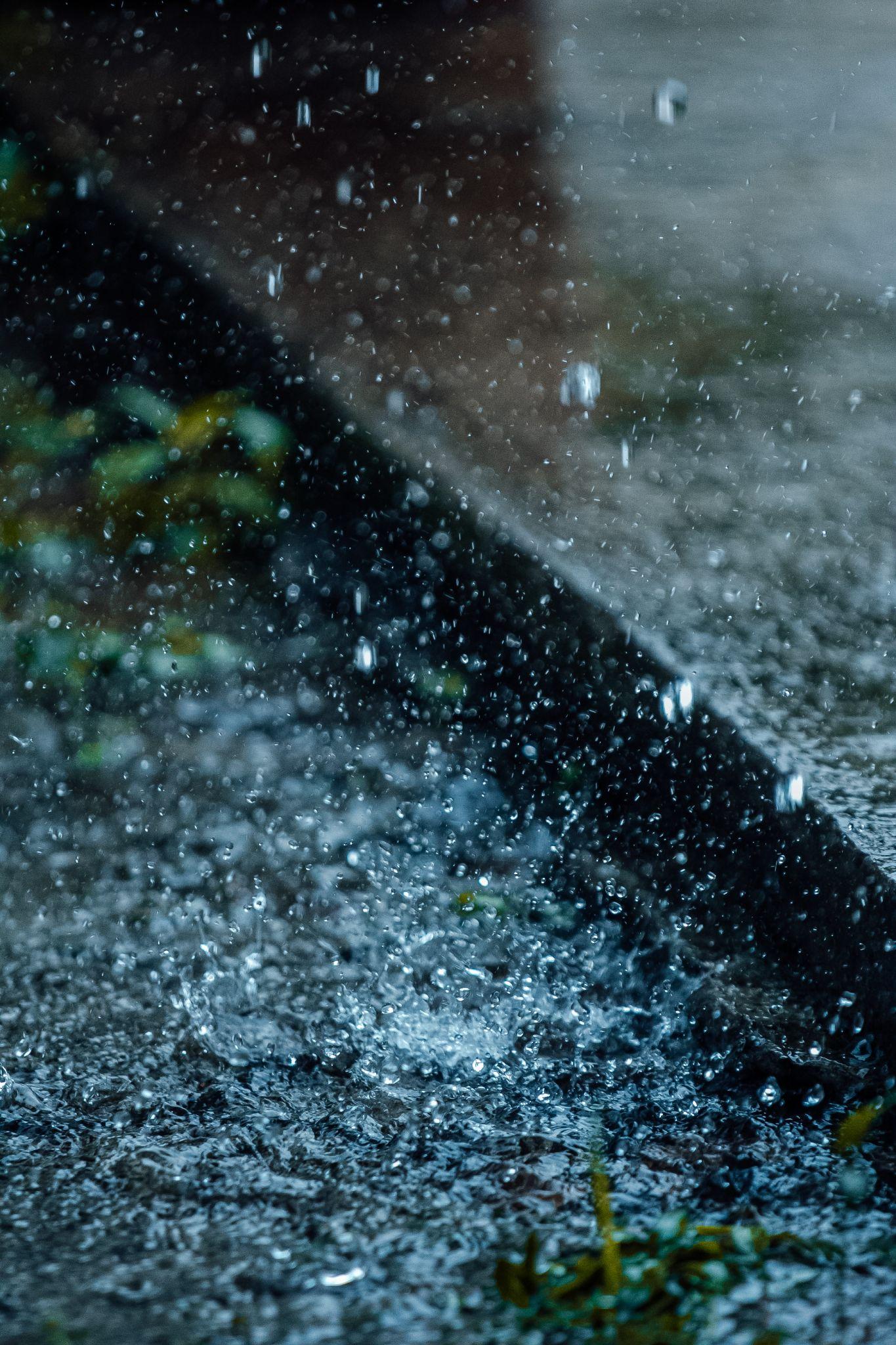
Several situations can cause drainage drainage in your yard. These are all of the most common ones that you’ll need to watch out for:
- Runoff: This usually happens at the end of slopes and downspouts. It’s when water consistently travels down the same path, causing the soil to erode. Water will build up in these areas.
- The yard’s slope: The slope of your yard can also impact drainage. Yards with flat areas tend to collect water in those places.
- Impacted soil: Soil pushed down too much makes it harder for water to run through the earth. Water may collect on top of the ground instead.
- Walkway placement: Walkways and paths can block water from running through your yard to your drainage systems.
- Short downspouts: If the downspout isn’t long enough, it won’t transport the water far enough away from your home. Water can gather at the end of the downspout, causing damage. The downspout could also be clogged, so make sure to check.
You’ll want to look for these indicators of bad drainage on your property. Once you know the cause, correcting the water problems becomes much easier.
Sometimes your yard’s drainage issues come from a combination of these situations, so you’ll need to inspect your property closely to find out what’s happening.
Improve Your Drainage ASAP
If you have drainage issues in your yard, you need to improve them as soon as possible. The longer you let the water sit, the more harm it will cause. Standing water can attract pests and damage your home’s foundation, so you shouldn’t put it off.
To summarize, plenty of ways to improve your yard’s drainage exist. You’ll want to choose the one that works the best for you, then add it as soon as possible.


